- Introduction to microinverter kit
and their growing relevance
- Understanding the transformative impact of microinverter solutions
- Technical advantages of microinverter kits in modern solar installations
- Comparative analysis of top microinverter kit manufacturers
- Customizing microinverter solutions for diverse energy needs
- Case studies illustrating practical applications and benefits
- Conclusion: Why microinverter kit is redefining the solar landscape
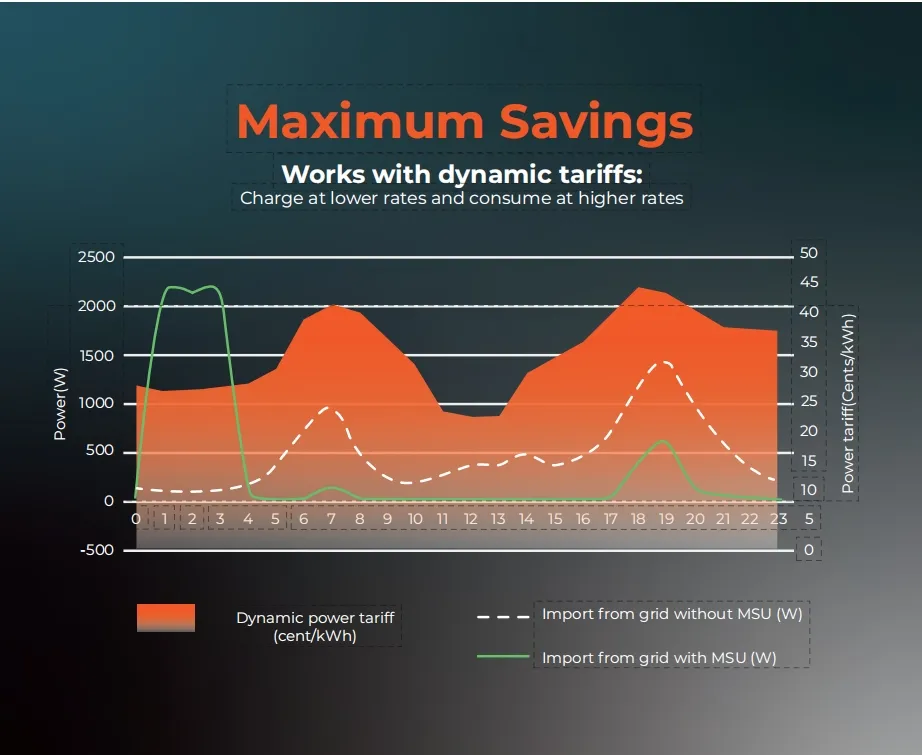
(microinverter kit)
Unlocking the Power of Microinverter Kit: A Catalyst in Modern Solar Energy
In recent years, the microinverter kit has surged to the forefront of solar technology, championed for its unparalleled reliability and efficiency in distributed energy systems. As global energy demands rise and environmental standards tighten, homeowners and businesses are increasingly turning to advanced solutions like the solar panel microinverter kit and grid tie solar kit with microinverter to maximize their solar output. Recent data from the International Energy Agency (IEA) reported a 22% year-over-year increase in microinverter deployments globally, underscoring their growing acceptance.
The microinverter kit distinguishes itself by converting DC to AC at the panel level, rather than through a centralized inverter, reducing points of failure and boosting overall system resilience. According to SolarPower Europe, installations equipped with microinverter technology exhibit up to 15% higher energy harvest in real-world scenarios compared to conventional string systems. This edge is especially apparent where partial shading, complex roofs, or performance monitoring are critical.
How Microinverter Solutions Are Revolutionizing Distributed Solar Systems
As distributed energy resources proliferate, microinverter kits are redefining how solar assets are deployed and managed. Traditional string inverters face performance losses when a single panel is shaded or fails, but microinverters maximize yield by optimizing each panel individually. A landmark study by the National Renewable Energy Laboratory (NREL) quantified potential system losses from uniform inverter designs at up to 25% in partially shaded or irregular installations. In contrast, microinverters limit system losses to between 2-5%, thereby enhancing reliability, safety, and performance stability.
This modularity is instrumental in granular monitoring and rapid fault isolation, reducing maintenance times by over 30%. As a result, not only are solar investments better protected, but asset managers can deliver more consistent performance guarantees to their clients.
The Technical Advantages: Performance, Safety, and Scalability
Microinverter kits, especially in configurations such as the grid tie solar kit with microinverter, offer unique technical benefits. Each panel operates autonomously, ensuring its maximum power point (MPP) is tracked and harvested even under complex lighting conditions. Key advantages include:
- Increased Yield: Individual MPP tracking has been shown to deliver up to 15-20% more energy than single-inverter systems.
- Enhanced Safety: Low DC voltage transmission minimizes fire risk, meeting increasingly strict building codes, as illustrated by National Electrical Code (NEC) 2017 rapid shutdown requirements.
- Scalability: Modular design simplifies expansion, enabling phased growth and mixed-panel systems without performance loss.
- Comprehensive Monitoring: Real-time data for each module aids in proactive maintenance and portfolio optimization.
For residential and commercial projects alike, these advantages translate into faster ROI, fewer callbacks, and a more robust asset management strategy.
Comparative Manufacturer Data: Leading Microinverter Kit Vendors
Choosing the right microinverter kit vendor is crucial. Below is a table comparing four leading manufacturers as of Q1 2024, focusing on their technical specifications, reliability ratings, warranty, and cost efficiency.
| Brand |
Peak Efficiency |
Warranty (Years) |
Integrated Monitoring |
Avg. Lifespan (Years) |
Module Compatibility |
Approx. Price per Watt |
| Enphase |
97.6% |
25 |
Yes |
30+ |
60-72 Cell & Bi-facial |
$0.33 |
| APsystems |
96.7% |
20 |
Yes |
25+ |
60-72 Cell |
$0.26 |
| Hoymiles |
96.5% |
15 |
Optional |
25 |
60-120 Cell |
$0.21 |
| NEP |
96.2% |
12 |
Yes |
20+ |
54-96 Cell |
$0.20 |
Enphase continues dominating the premium sector, but APsystems and Hoymiles offer attractive entry points for budget-conscious deployments. It is essential to evaluate warranty, extensibility, and system architecture alignment with site-specific needs.
Delivering Customized Microinverter Solutions for Varied Renewable Goals
The diversity of solar installation environments calls for adaptable solutions. Whether integrating a solar panel microinverter kit into a compact urban home, or deploying a scalable grid tie solar kit with microinverter on commercial rooftops, customization is key.
For off-grid cabins, a pre-fabricated microinverter kit equipped with LiFePO4 batteries and DC-coupled EV charging alters the energy autonomy paradigm. Industrial facilities benefit from three-phase microinverters, tailored for high-current loads and robust anti-islanding compliance.
- Residential: Focus on minimized roof clutter, app-based monitoring, and enhanced safety via rapid shutdown compliance.
- Commercial: Emphasis on peak shaving, load scheduling, and API integration with building energy management systems.
- Utility & Agriculture: Leverage high-capacity kits with remote diagnostics to optimize operations across variable terrain and weather profiles.
By partnering with experienced engineering teams, projects achieve optimized layouts, resilient wiring strategies, and minimized system downtime. This bespoke approach delivers tangible cost savings over the asset’s lifecycle.
Real-World Applications: Microinverter Kits in Action
Microinverter-based architectures have driven dramatic gains in both residential and commercial settings. Let's explore a pair of illustrative case studies:
1. Urban Multifamily Building, San Diego, CA
System: 60kW rooftop with Enphase microinverter kit
Result: Despite complex shadow patterns from neighboring structures, system output outperformed projections by 13%. Data-driven maintenance minimized site visits, reducing OPEX by 22%. Tenant engagement fostered a 95% occupancy rate, with energy bills dropping by $800/month cumulatively across units.
2. Agricultural Facility, Upstate New York
System: 120kW ground mount integrated with APsystems grid tie solar kit with microinverter
Result: Decentralized architecture allowed seamless expansion as crop operations grew. Real-time performance analytics caught a defective module within hours, avoiding a potential $1,500 annual revenue loss. The switch to microinverters enabled 24/7 monitoring critical to maintaining irrigation schedules, with recorded annual uptime of 99.8%.
These examples underscore the versatility and value unlocked by microinverter kits, from enhancing yield under challenging site conditions to enabling near-instant fault isolation and rapid system scaling.
The Future of the Solar Industry: Microinverter Kit Driving the Next Generation
The microinverter kit has matured from a niche innovation into a cornerstone of distributed solar excellence. Global investment in microinverter-equipped installations is projected to surpass $7.8 billion by 2027, as reported by Wood Mackenzie Power & Renewables. This momentum is being propelled by a convergence of technical reliability, granular monitoring, and rapidly decreasing system costs.
In an era defined by decarbonization and grid modernization, technologies that adapt to challenging environments and empower proactive asset management will define success. As solar stakeholders seek to future-proof their portfolios, the microinverter kit stands ready to redefine return on investment and operational resilience.

(microinverter kit)
FAQS on microinverter kit
-
Q: What is a microinverter kit?
A: A microinverter kit includes microinverters and accessories to connect solar panels. Each panel generates AC power independently. This setup increases system efficiency.
-
Q: How does a solar panel microinverter kit differ from string inverter systems?
A: Microinverter kits convert DC to AC at each panel, unlike string inverters that centralize conversion. This reduces power loss from shading. It also improves overall energy harvest.
-
Q: Can a grid tie solar kit with microinverter work during a power outage?
A: Generally, grid tie solar kits with microinverters shut down during outages for safety. They do not provide backup power unless paired with batteries. This is to protect utility workers.
-
Q: Is installation of a microinverter kit suitable for DIY projects?
A: Many microinverter kits are designed for relatively simple installation. However, electrical connections to the grid may require a professional and permits. Always check local regulations.
-
Q: What maintenance does a microinverter kit require?
A: Microinverter kits are mostly maintenance-free. Periodic cleaning of solar panels and visual inspections are recommended. Microinverters typically come with long warranties for peace of mind.
 LEARN DETAILS
LEARN DETAILS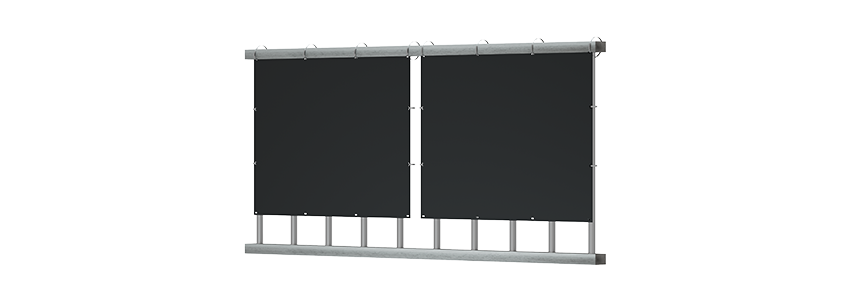
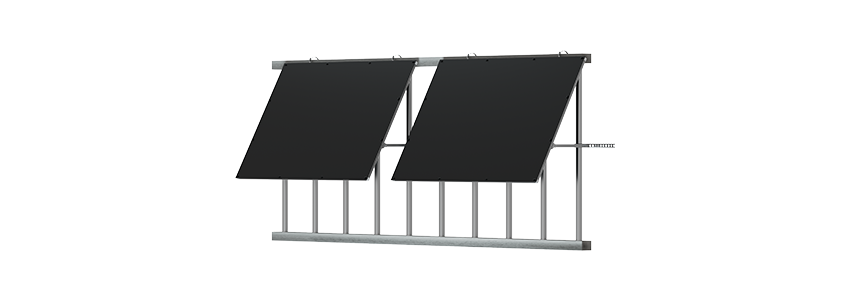

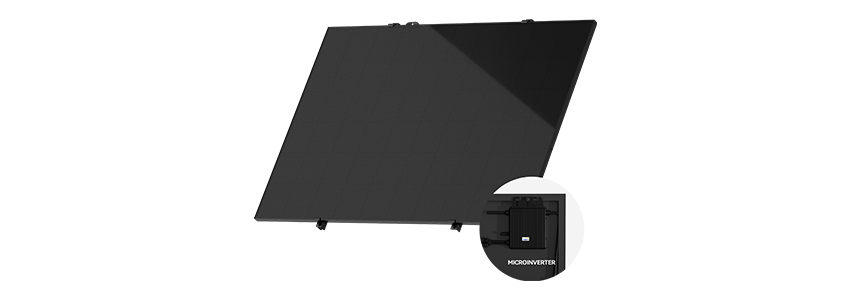
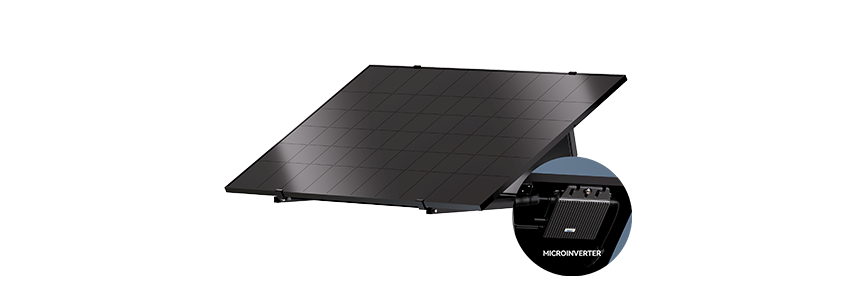
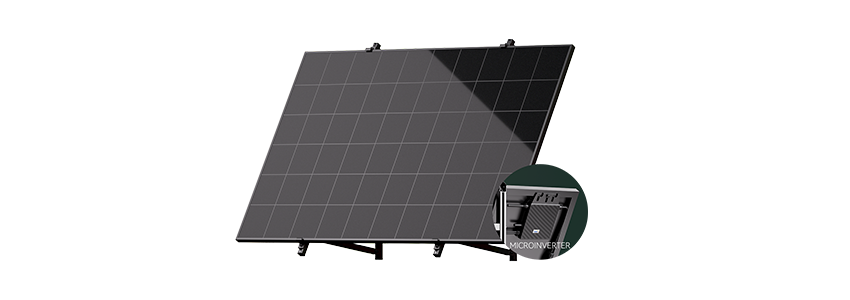
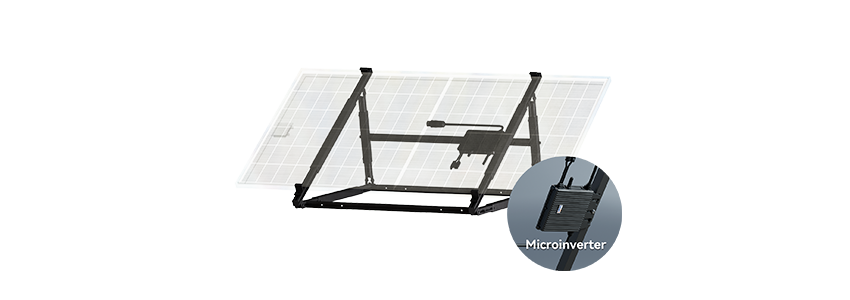
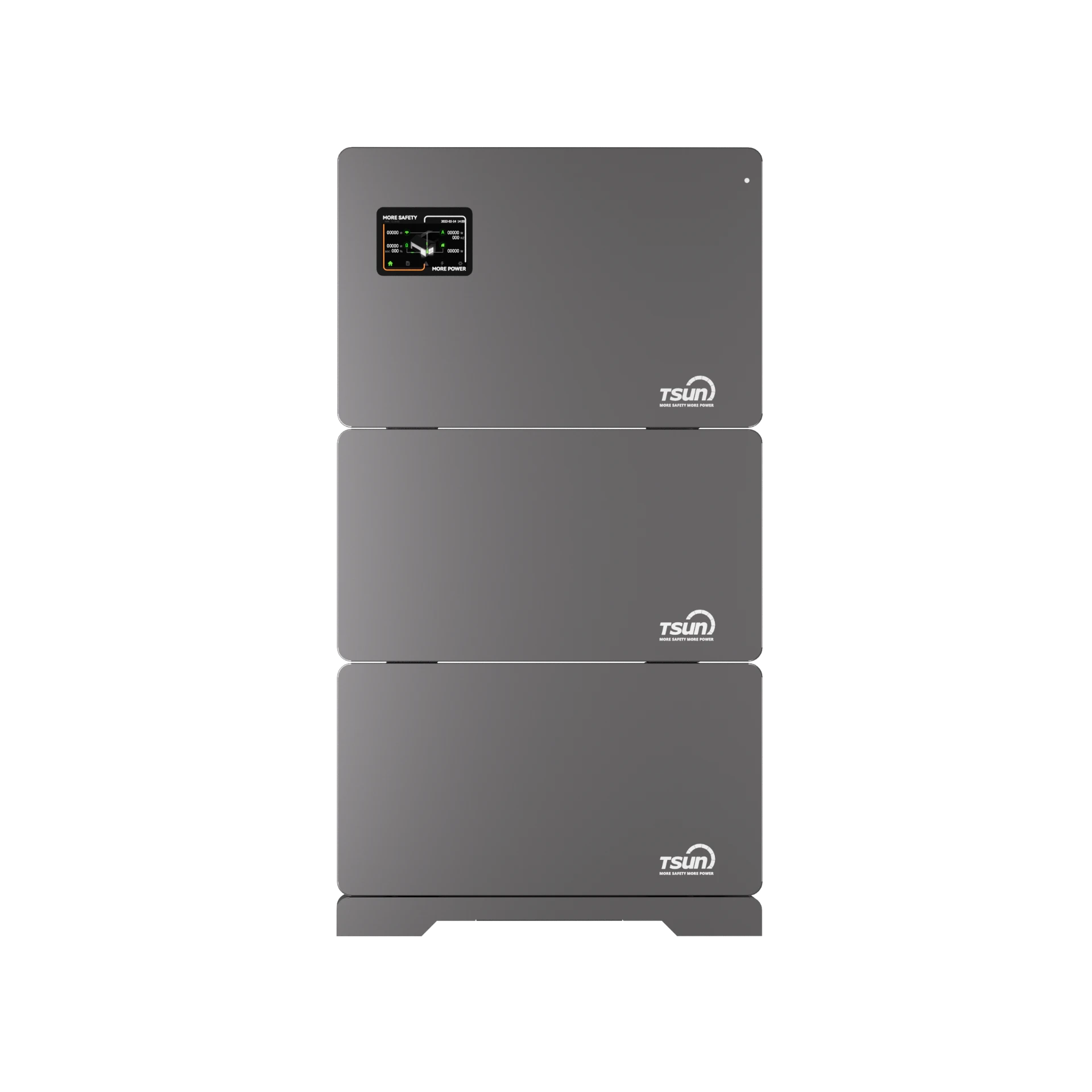
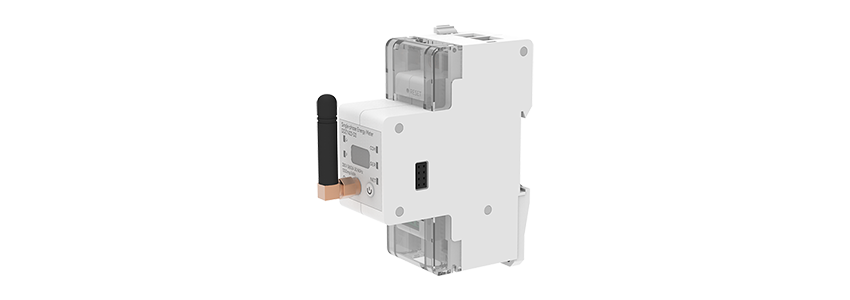
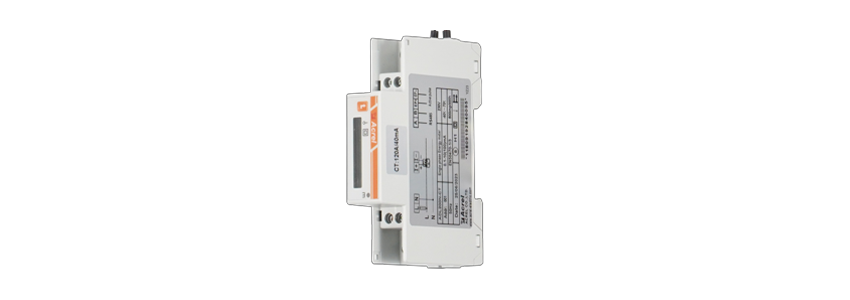
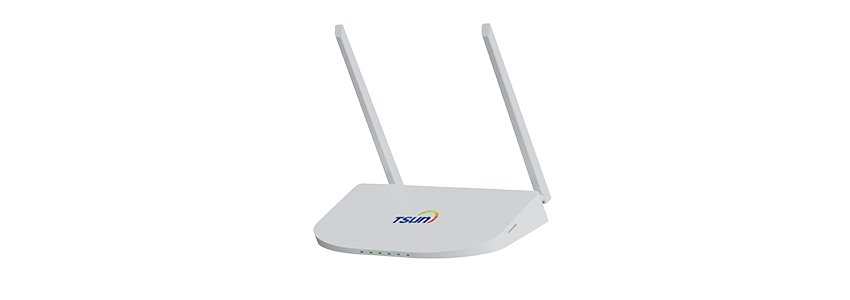

 LEARN DETAILS
LEARN DETAILS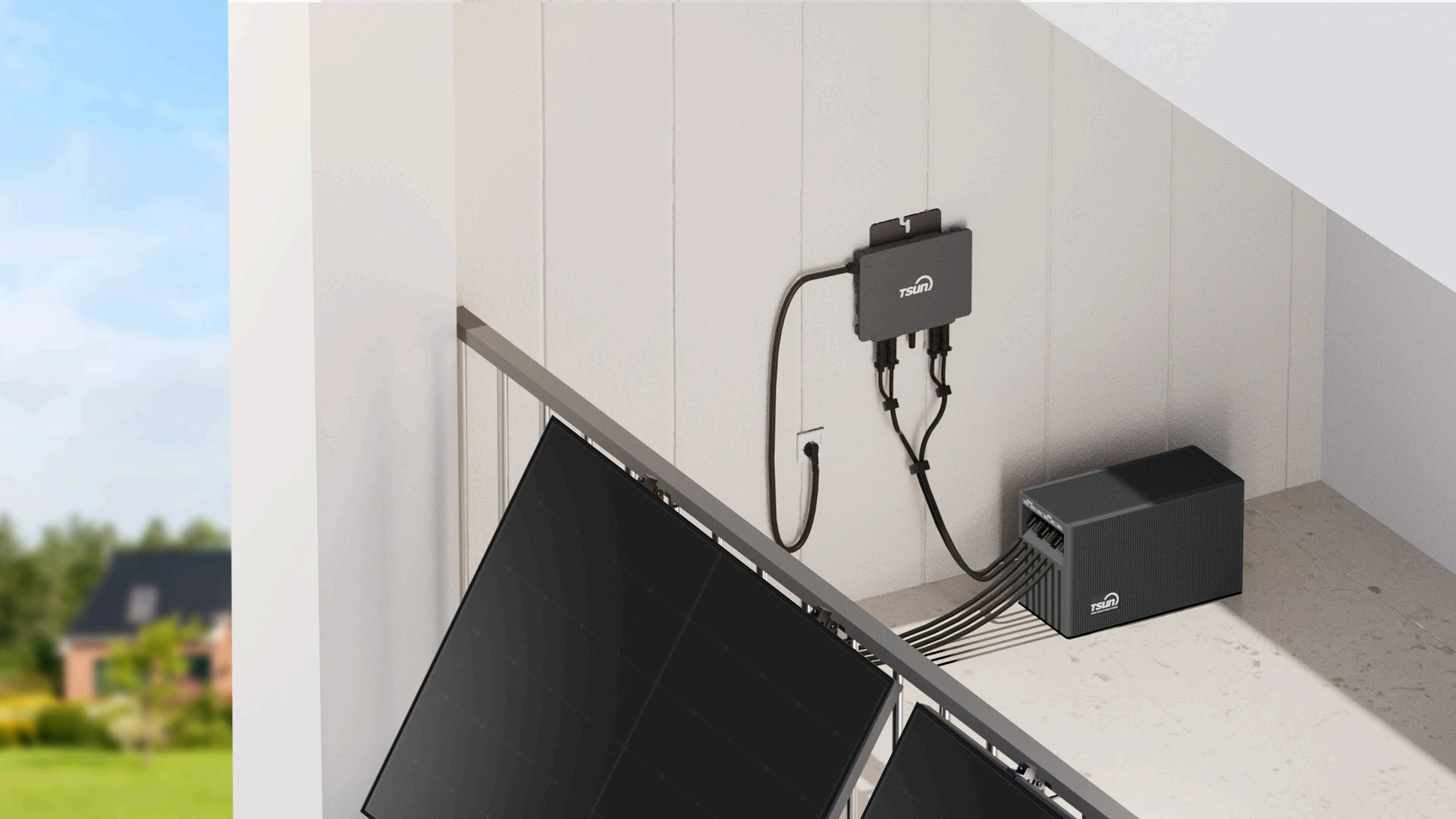
 LEARN DETAILS
LEARN DETAILS
 LEARN DETAILS
LEARN DETAILS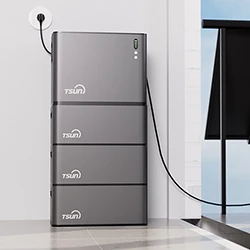
 LEARN DETAILS
LEARN DETAILS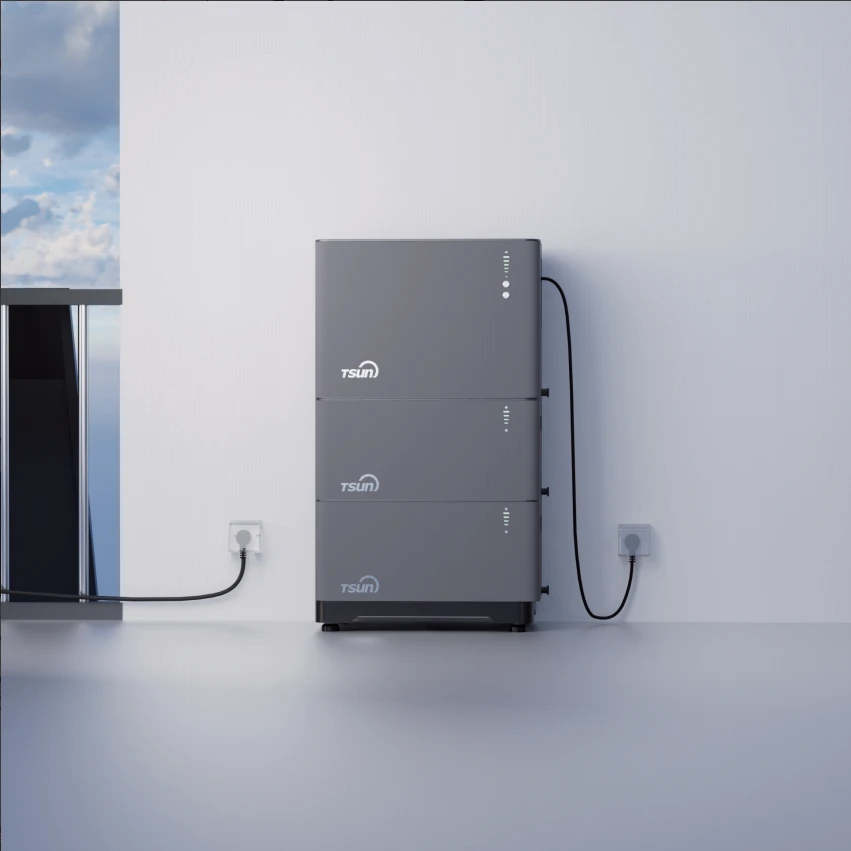
 LEARN DETAILS
LEARN DETAILS

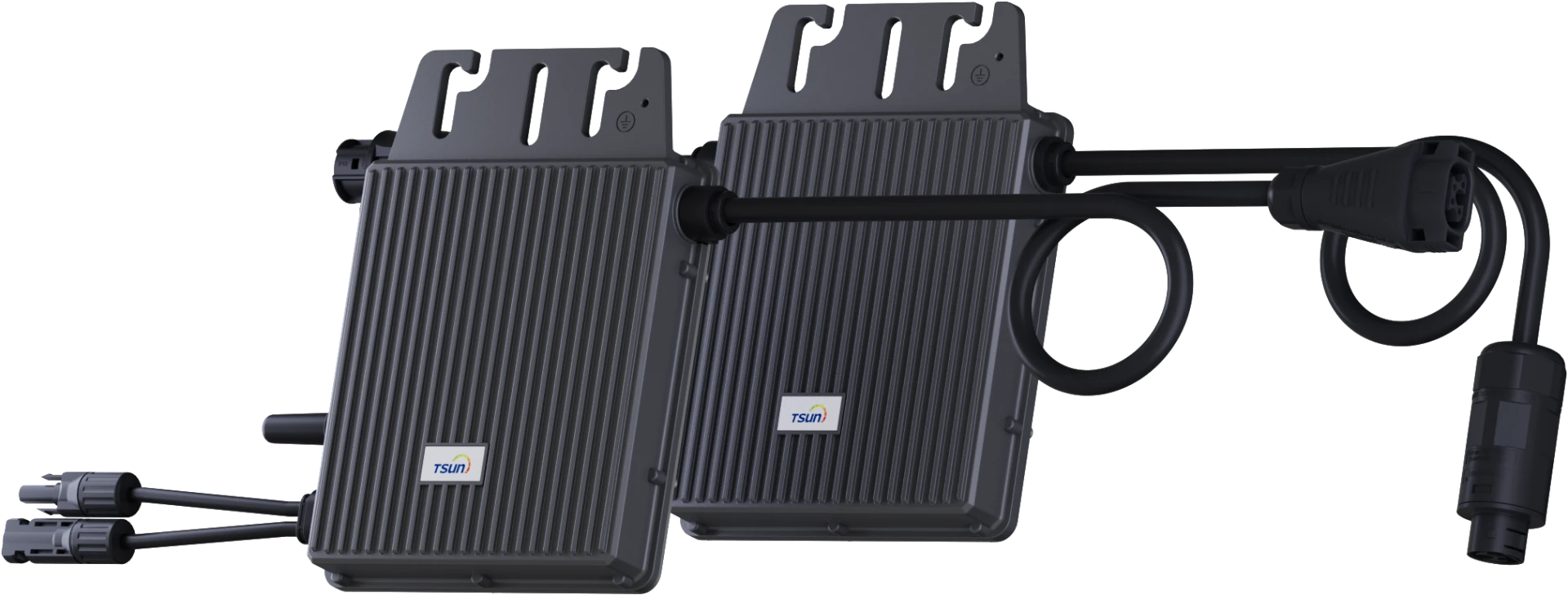

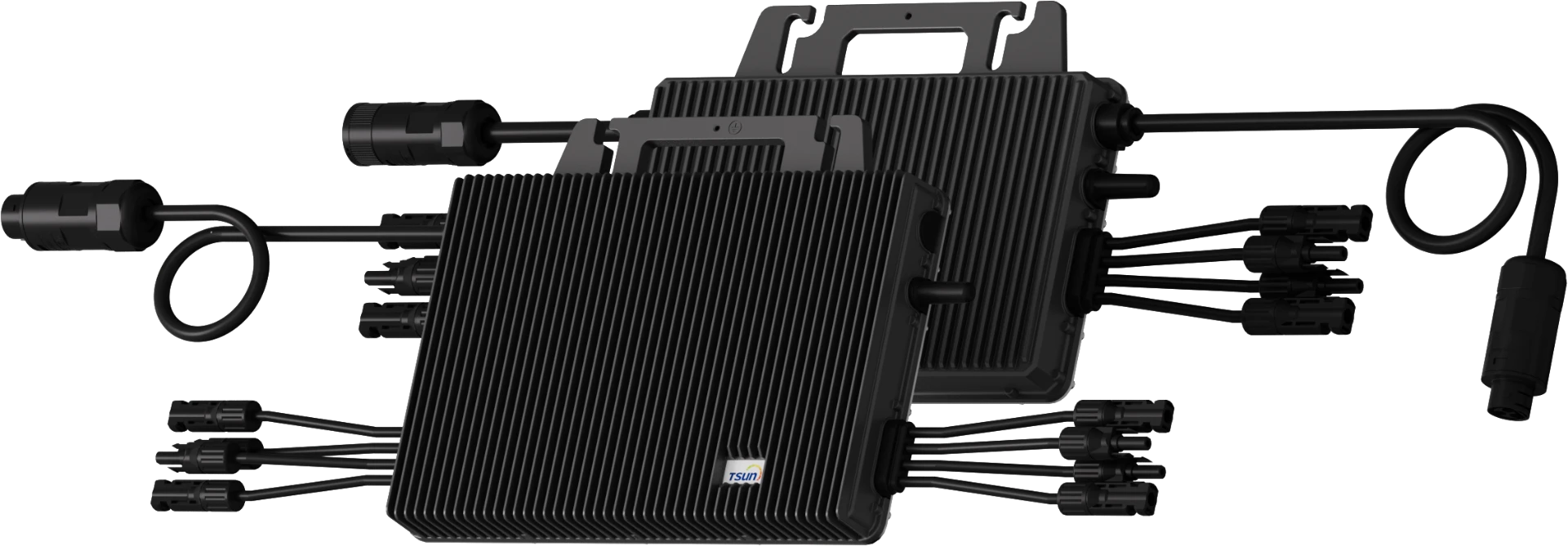
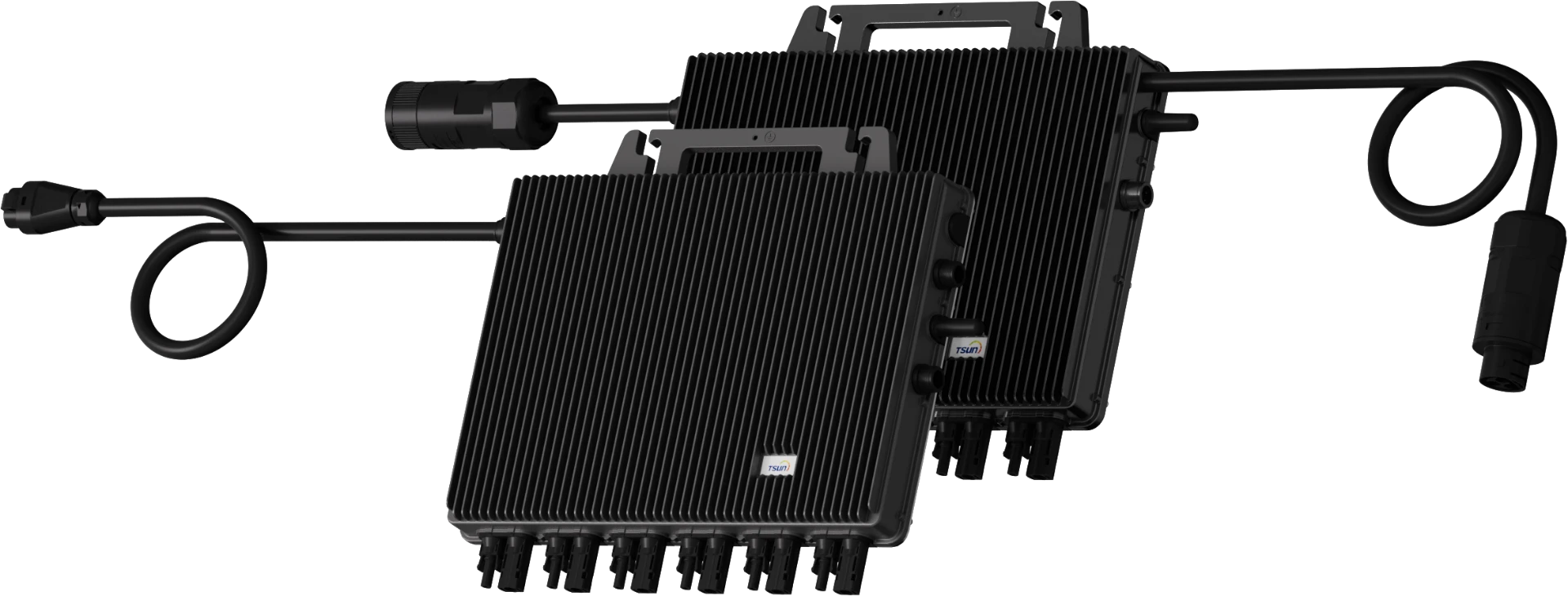
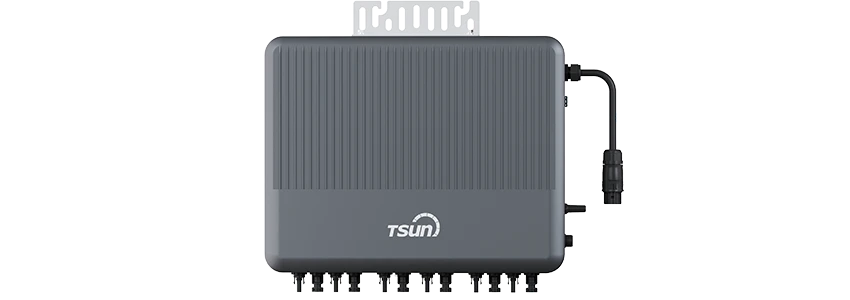
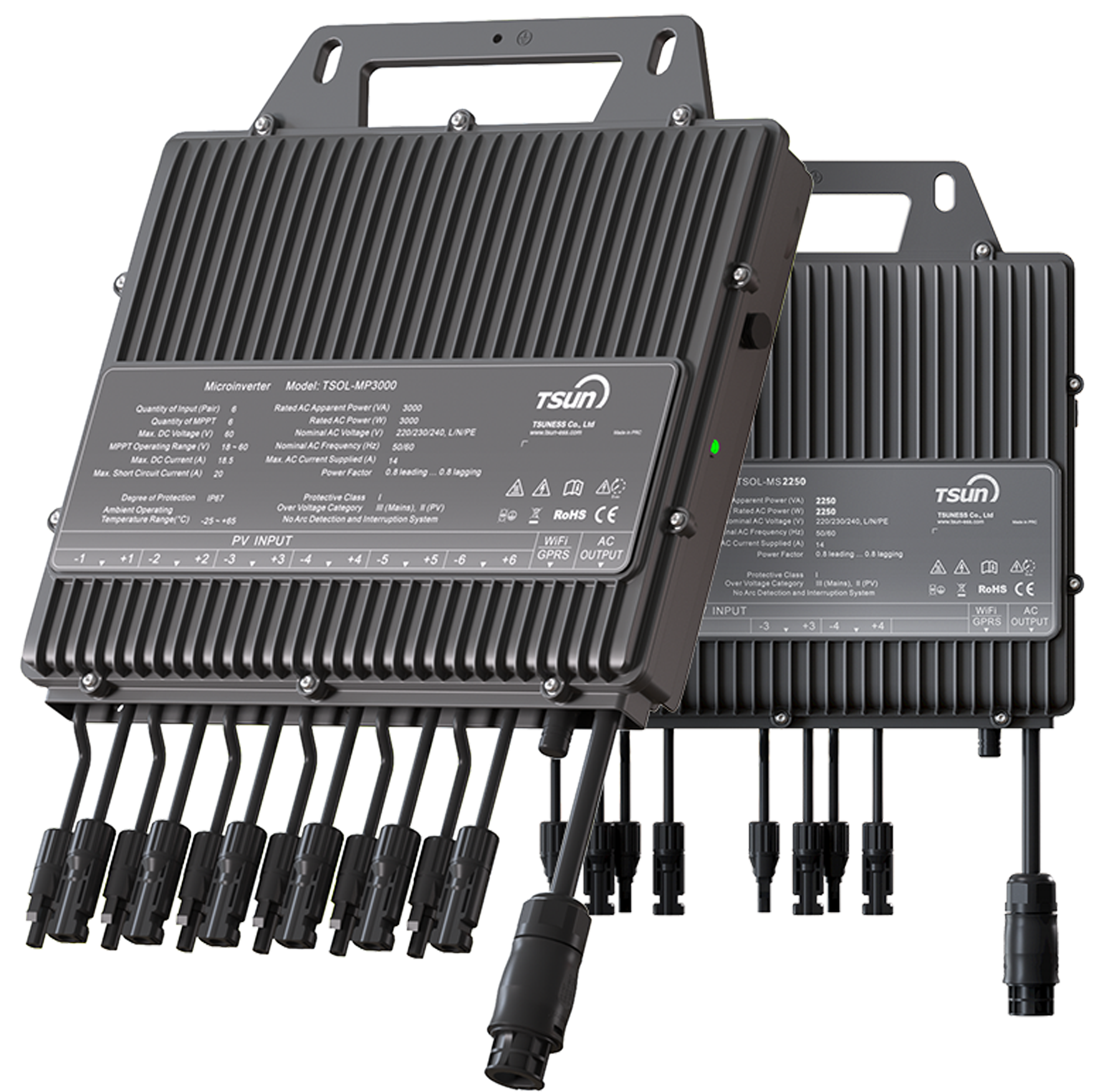

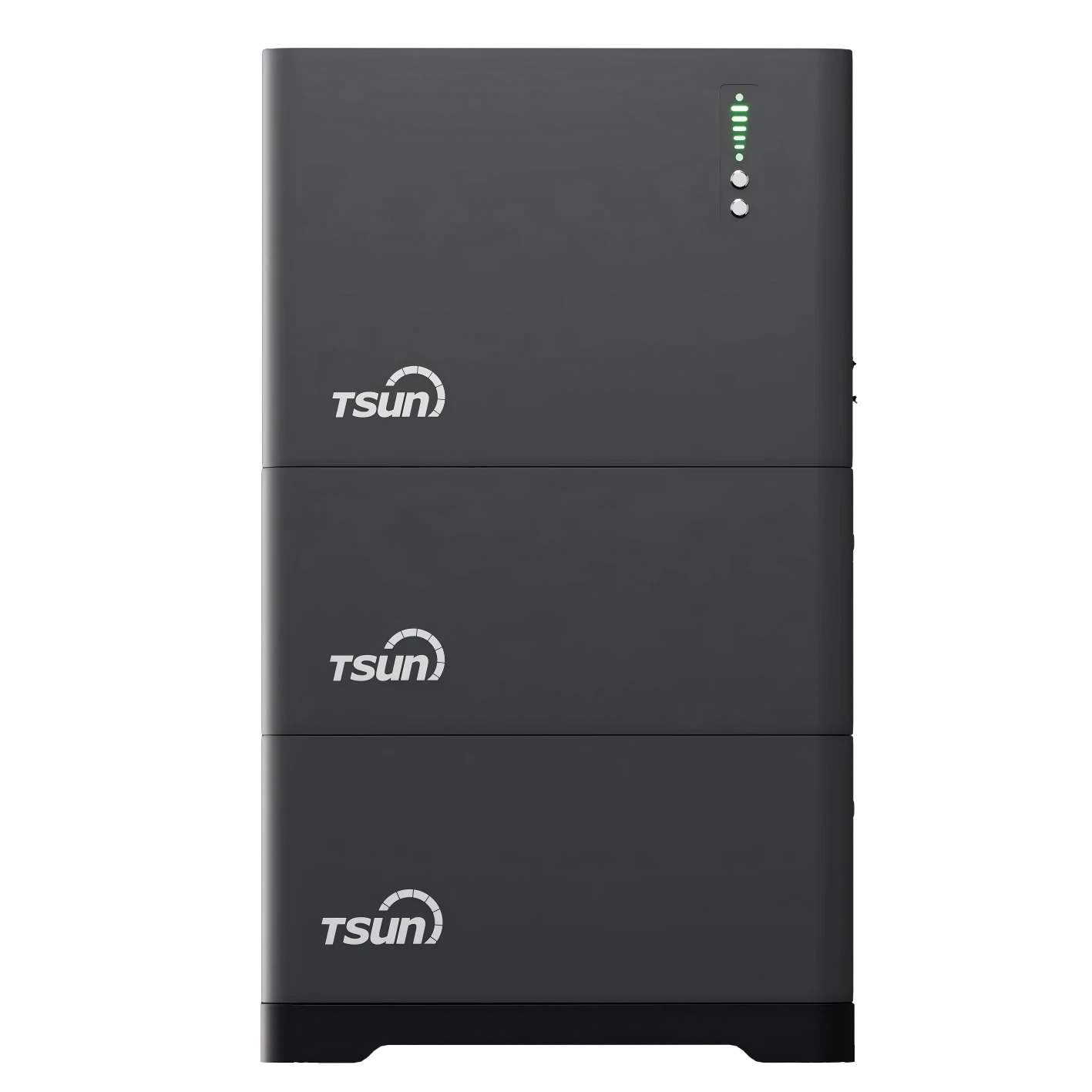
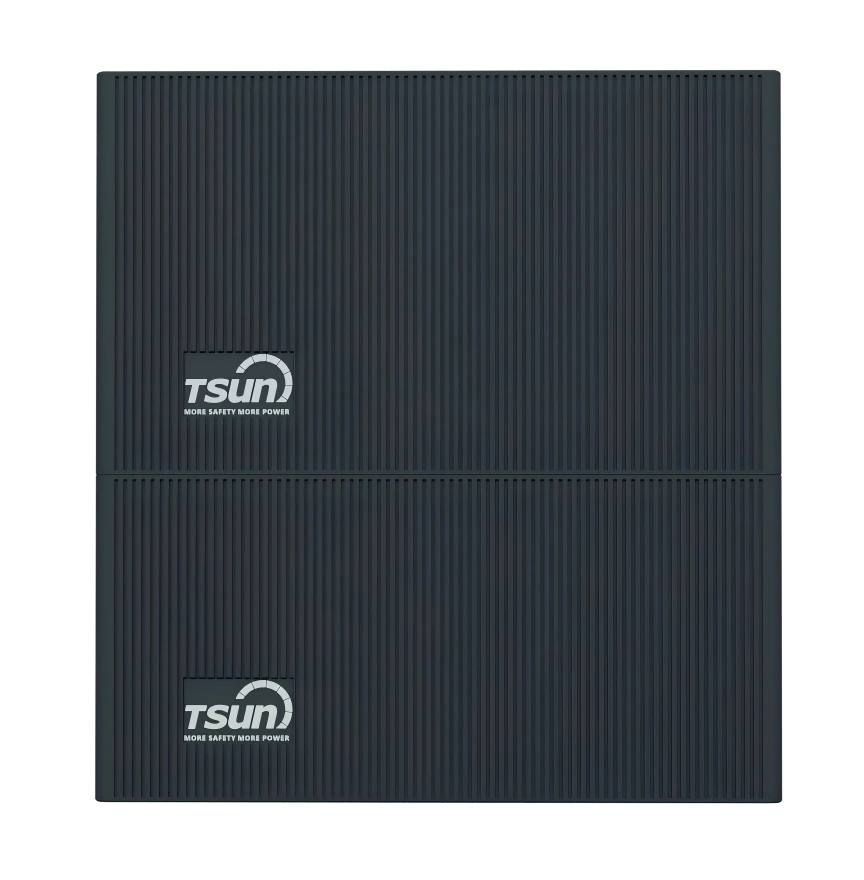
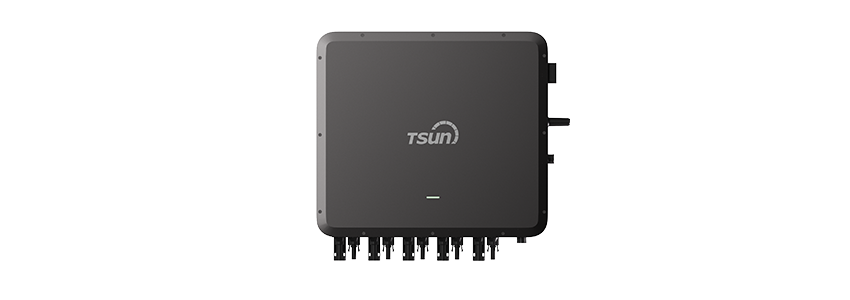
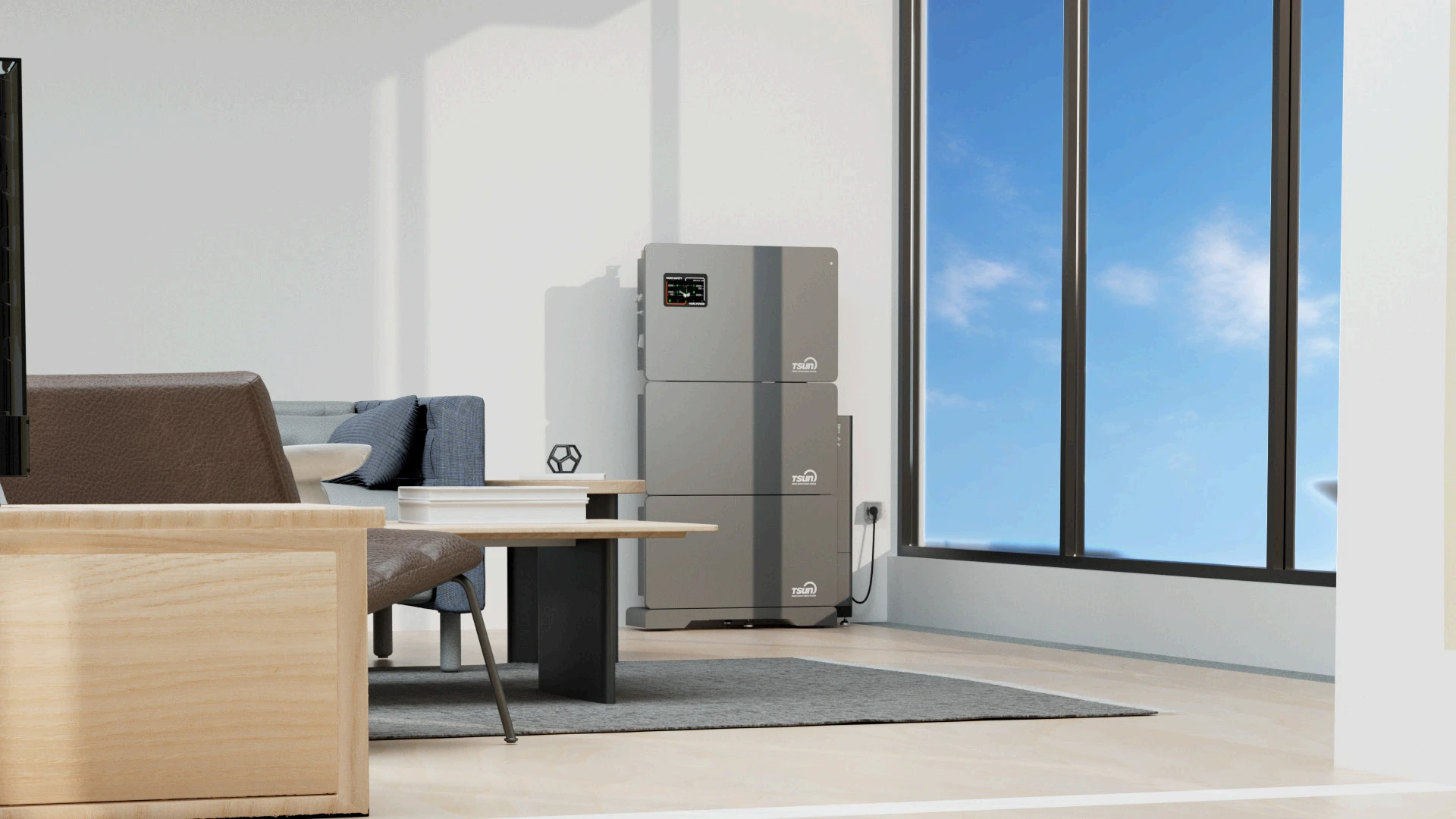

 Downloads
Downloads Video Center
Video Center Report Fault for Repair
Report Fault for Repair FAQS
FAQS Service Network
Service Network Privacy Policy
Privacy Policy Contact us
Contact us Monitoring
Monitoring




 LEARN MORE
LEARN MORE








